Technology Exchange
1. Overview of induction heating
Induction heating technology started in 1831 and its inventor was called Faraday. In the second half of the 19th century, induction heating technology began to be used in actual production --- "conductor heating". The original application of induction heating technology was only in metal melting.
With the development of metal melting applications, surface hardening of steel parts began to appear in 1927. Mainly heat treatment of crankshaft and cylinder barrel. The solid-state high-frequency power supply was applied in 1967. Nowadays, induction heating technology has developed from a low-frequency device to a high-frequency device, and the efficiency is constantly improving. It is believed that the efficiency of induction heating technology will be higher in the future.
2. The most important effect in induction heating
When an alternating current is applied to a conductor, the current distribution along the cross section of the conductor is not uniform, and the maximum current density appears in the surface layer of the conductor. This current accumulation phenomenon is called the skin effect. It can be said that the alternating current produces induced electromotive force in the conductor, and the magnitude of the induced electromotive force is gradually weakened from the inside to the outside. Conversely, the current density in the cross section of the conductor is strengthened from the inside to the outside.
|
|
Due to the skin effect, the induced current distribution in the workpiece is uneven, which causes uneven heat generation in each part of the workpiece. A large amount of electric energy close to the surface is converted into heat energy. The internal current is small, the heat generation is small, and the internal temperature rises. It mainly depends on the external surface energy to enter in the way of conduction. Therefore, if the induction heating power is large and the heating time is very short, the conduction method will not be transmitted to the inside of the workpiece at all. There are strict surface heating requirements in the quenching process, and the heating time is very long. Short, sometimes the surface temperature of the workpiece is very high, it has burned red, or even melted, but the inside is still low.
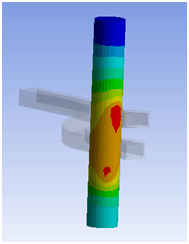
3. Industries and products involved in induction heating
The induction heating power supply has the characteristics of cleanliness, energy saving and easy realization of automation. The innovation and development of induction heating technology meets my country's requirements for industrial transformation and upgrading, and is consistent with the goal of establishing a low-carbon, green and energy-saving society. In 2011, the induction heating power supply was selected into the "Recommended Catalogue of Energy-saving Electromechanical Equipment (Products)" issued by the Ministry of Industry and Information Technology; China Heat Association also formulated a work plan for the promotion and demonstration of advanced clean production technologies in the heat treatment industry, and carried out the "Key Energy-saving Technology Promotion Project" and "Clean Production" Advanced technology demonstration project", induction heating technology and its products are also listed.
Electric furnace: continuous galvanizing furnace, tunnel furnace, walking beam furnace, ring top charging melting furnace, circular aluminum melting furnace, tilting holding furnace, vacuum arc remelting furnace, electroslag remelting furnace, vacuum induction melting furnace, vacuum precision casting furnace, induction shell melting furnace, vacuum air brazing Welding furnace vacuum heat treatment furnace vacuum degassing furnace quenching: quenching machine tool
Annealing: online annealing system for air-conditioning copper pipes
Heat treatment: gear heat treatment
Shaft heat treatment preheating: heating with steel slab injection molding machine
Hot assembly: hot assembly machine
Welding: induction brazing equipment
Forging: Forging and solidification of metals such as copper and aluminum
Bonding: car door and cover
Plasma: Use high-frequency equipment to generate plasma. Optical fiber, ceramics, nano-material applications.
After heat: improve cable insulation
Straightening and leveling: deck straightening and leveling locomotive head
Tempering: Tempering of auto parts
With the continuous development of induction heating technology and the unremitting efforts of many engineers of Polaris-etek, Polaris-etek is a core high-tech Website with "full digital induction heating technology" , and It provides customers with various professional welding Equipment|Quenching equipment|Forging equipment|Smelting equipment|Electromagnetic induction heating equipment.
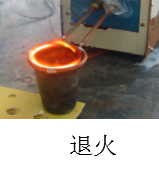 | 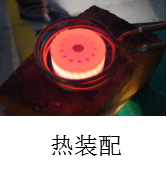 | 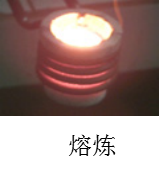 |


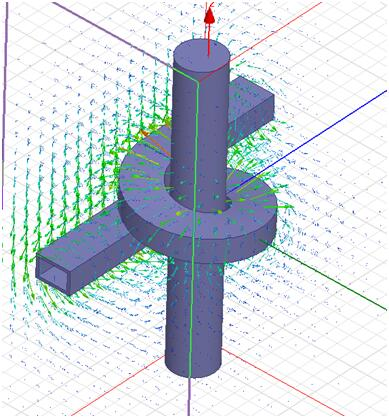
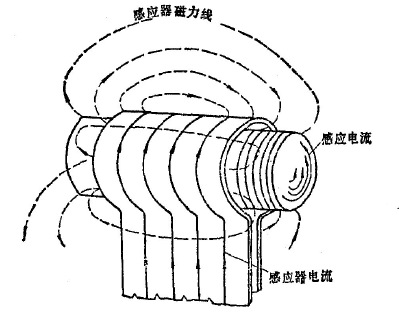
 Scan and follow!
Scan and follow!